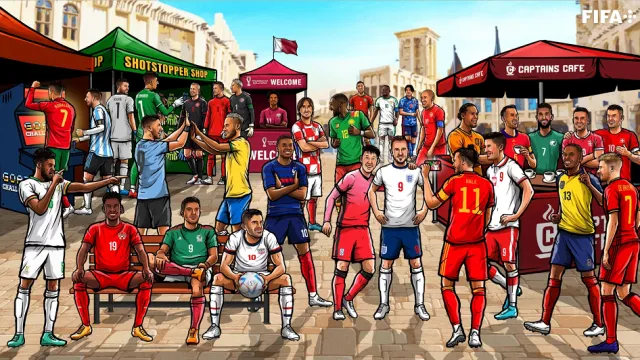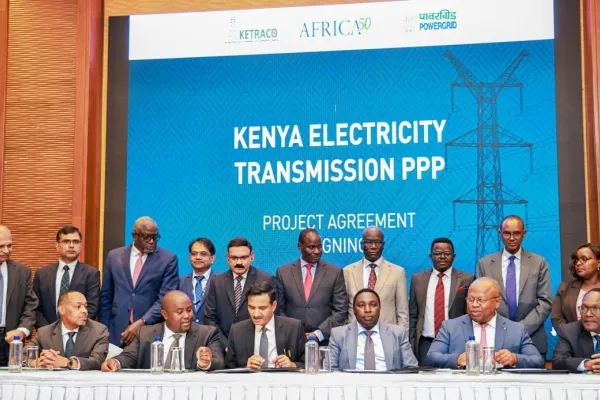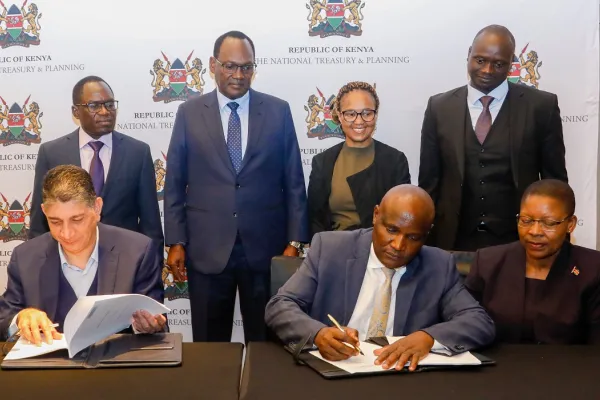Watching the world cup has never been easier, thanks to mobile technology

Watching the world cup has never been easier, thanks to mobile technology
On Wednesday 5, June 2013, when Kenya faced Nigeria Super Eagles at Kasarani stadium at 4 pm local time, I had to sneak out of the office, rush through the central business district to go catch the match across the city.
Those who could not make it being a work day had to look for KBC Tv channel to watch the game which again meant sneaking from the office to a local pub.
Today, as the World Cup kicks off during office hours many fans do not have to play hide and seek with their bosses, or rush to local bars to get a piece of the action, with a mobile phone and an internet connection at home or on the move, the entire world Cup is in our hands.
The advent of technology has revolutionized how we experience entertainment shifting increasingly more value propositions to the palm of our hands as the mobile phone becomes the primary channel of distribution.
According to Digital Turbine which conducted World Cup Research on viewers in UAE to understand their behavior during the World Cup ,49 percent of the respondents said they will follow the games on their smartphones an indication of the unstoppable power of mobile phones.
Five years ago, Kenya was mainly reliant on 2G which enabled cellular phones to use data along with voice that introduced many of the fundamental services that we still use today, such as SMS, internal roaming, conference calls, call hold, and billing.
But 3G took the mobile phone to a whole new level, introducing web browsing, email, video downloading, picture sharing and other Smartphone technologies were introduced in the third generation
The 4G network pushed the envelope further providing high speed, high quality and high capacity to users while improving security and lowering the cost of voice and data services, multimedia and internet over IP.
Quick internet speeds on adoption of 4G technology has meant watching video or streaming content seamless.
Access to the technology has also increased with Safaricom’s Lipa Mdogo Mdogo initiative that has seen over 500,000 Kenyans upgrade from 2G devices to quality and affordable 4G smartphones.
Lipa Mdogo Mdogo is delivered in partnership with Android, Google's operating system for internet-enabled devices.
All the 4G devices on offer are loaded with a suite of Google Apps designed to give users a great smartphone experience and come with 1 GB of free data at the point of purchase, and 50MB valid for 24 hours with every installment payment.
As part of its initiatives towards bridging the digital divide, Safaricom also works with strategic partners like M-KOPA, a connected asset financing platform that has financed over half a million 4G handsets to primarily first-time smartphone customers in Kenya.
As Telco giant Safaricom spearheads access to 4 G connections and curated content for delivery on mobile channels, Kenyan consumption trends are changing.
More things are being done over the mobile phone, including financial services like insurance, savings, and investments.
More appliances are being linked to mobile phones like security cameras, as well as the internet of things connecting fridges, etc to mobile applications that have also opened up the frontier of home internet.
Home fiber is now also becoming a must-have as employees go into hybrid work a trend that picked up during the pandemic when working from home became the norm.



